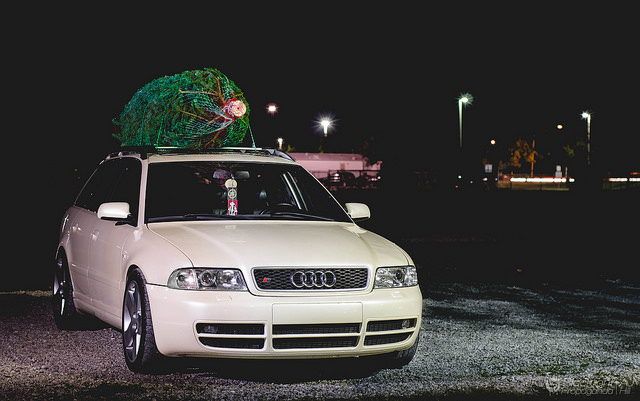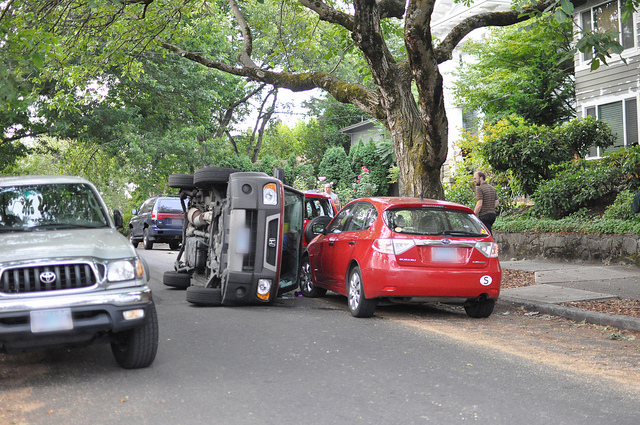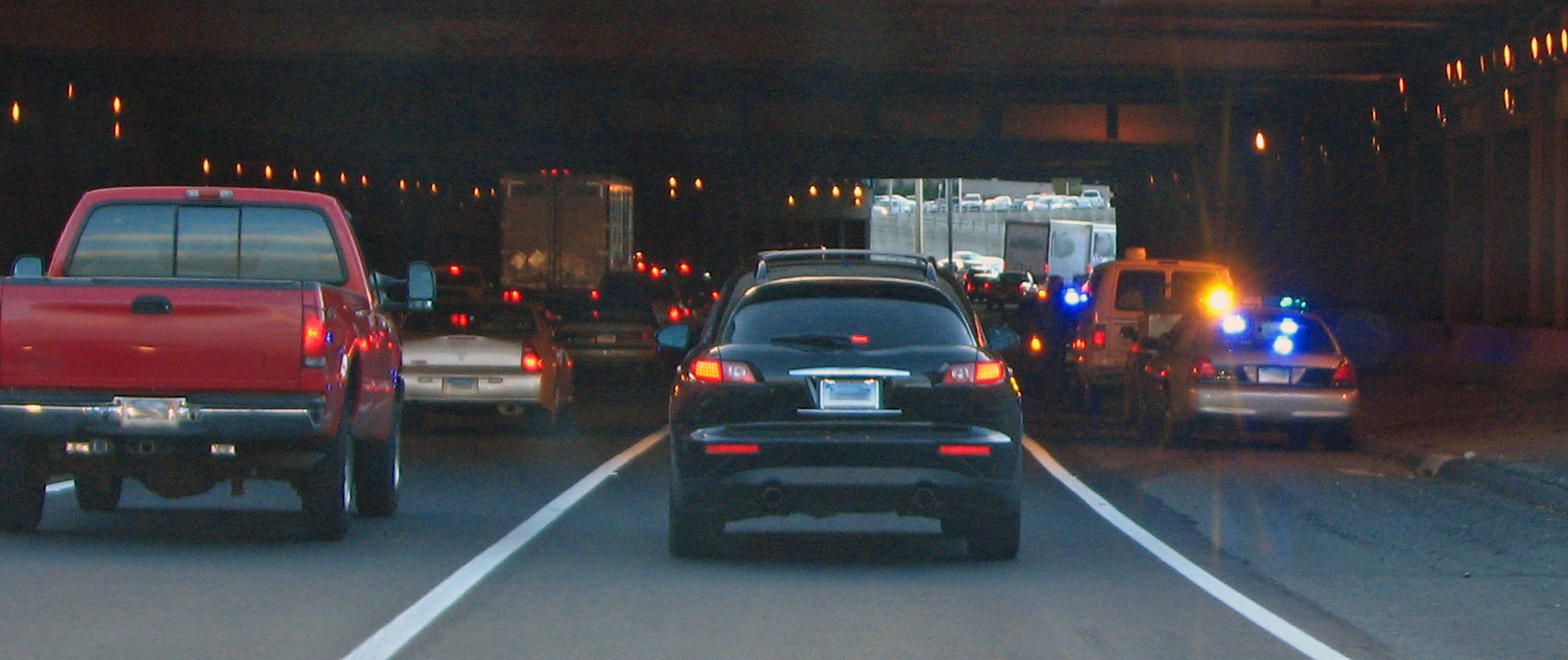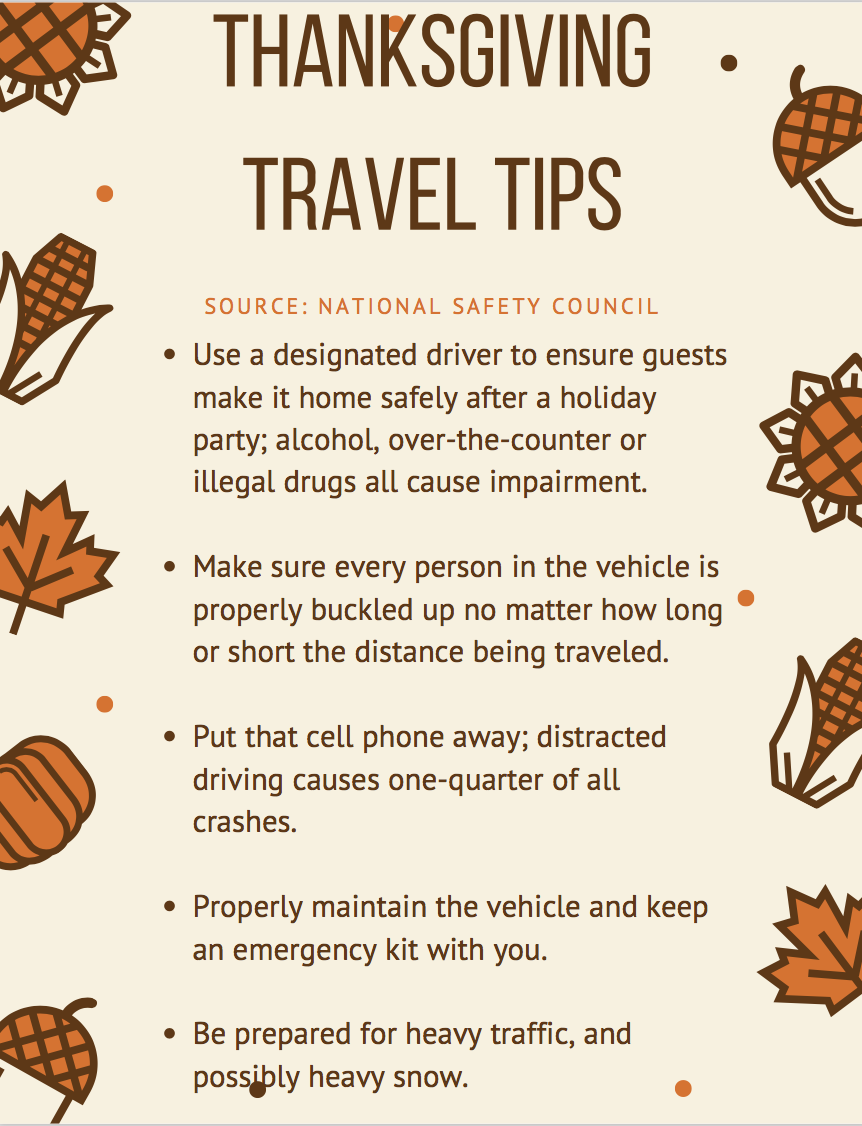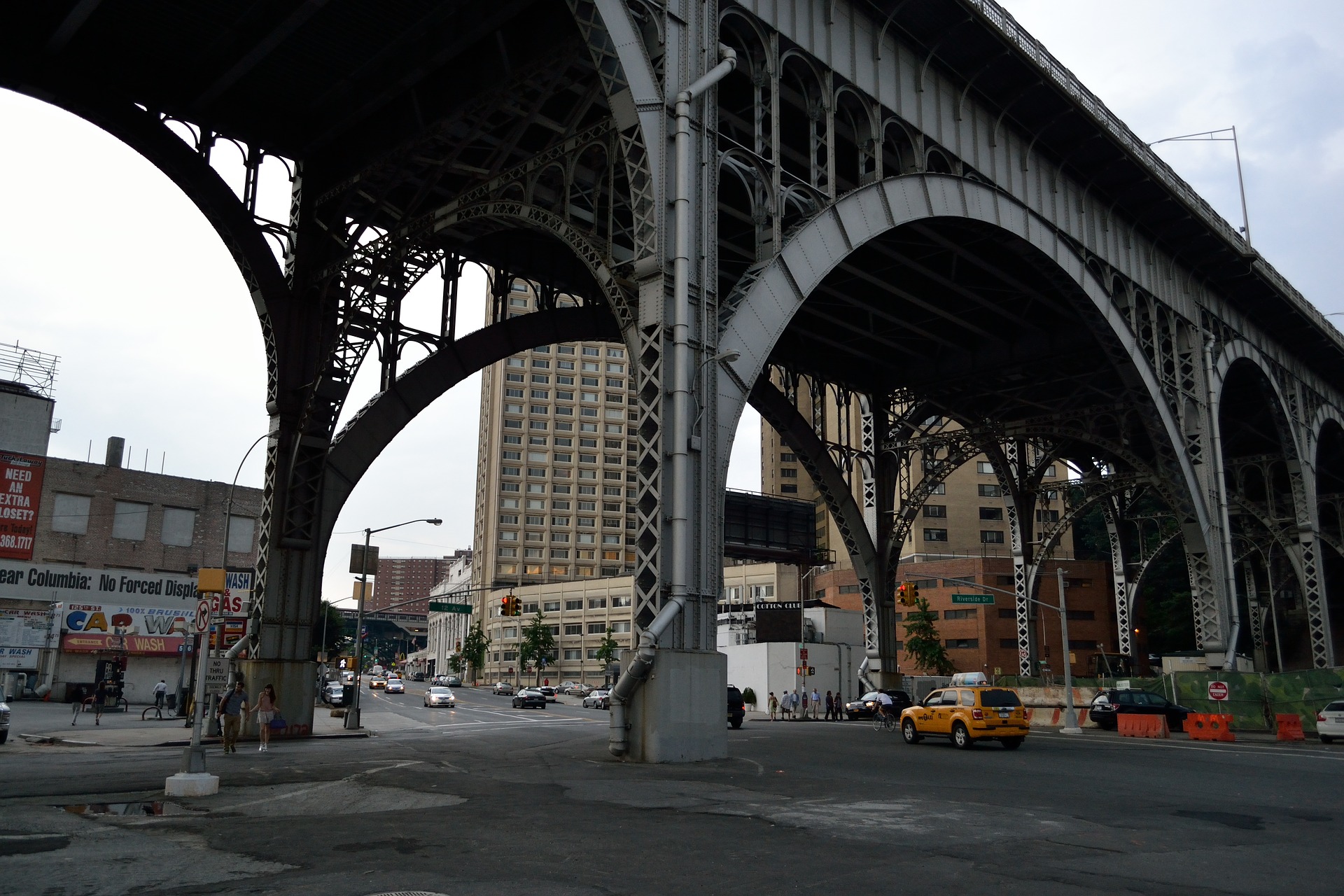Now that Thanksgiving has come and gone, our attention turns to Christmas. And kicking off the Christmas season usually means heading out and picking out the perfect Christmas tree. Chopping down the tree provides for some great photo ops, and decorating the tree often calls for Christmas music and hot chocolate. But the in between time - getting the tree home - is possibly the most crucial part of the process, but often doesn’t get as much attention. Transporting your Christmas tree safely is crucial not only to keep the tree in good shape, but also for keeping everyone on the road safe.
One driver learned the importance of Christmas tree travel safety the hard way. According to local news outlets, police in Massachusetts pulled over a vehicle that was transporting a mammoth sized Christmas tree. The tree was spilling over the roof of the vehicle, with the vast majority of the vehicle not even visible. In a now viral Facebook post that's been shared thousands of times, the local police department stated that “Sudbury PD would like to remind you to transport your Holiday trees responsibility.” The incident occurred on Route 20, about 25 miles west of Boston. It’s unclear if the driver actually received a citation, or just a warning.
The danger in transporting a large tree on top of a car should be obvious. A 7-feet tall Douglas Fir can drape over the windows and windshields, drastically limiting the driver’s visibility (if not obscuring it completely). The heavy weight could very likely be too much for the vehicle, slowing it down and disrupting the flow of the traffic. Should the tree come loose from the car, it could hit another vehicle on the road, or block the road, causing cars to try and swerve out of the way, likely causing an automobile accident. So, to safely transport your Christmas tree home, check out this recent blog post from The Michigan Law Firm, PLLC.
Picking out the family Christmas tree is a quintessential part of the holiday season. And while safely securing the tree to your vehicle may not be the highest priority or the most fun thing to be doing while celebrating the holiday, it is crucial. A poorly secured tree can not only damage the tree and/or your vehicle, but can endanger your life, the lives of everyone traveling in your vehicle, and other drivers on the road. This Christmas, you want to call your lawyer to convey well wishes, not to embarrassingly tell them you caused a car crash because your Christmas tree fell off your car and landed on top of another!
Car crashes are always devastating, but can be particularly damaging to the spirit during the holiday season. Call The Michigan Law Firm, PLLC at 844.4MI.FIRM for a free consultation if you've been involved in a car accident. Our experienced attorneys will handle your legal woes while you focus on spending this joyous time with your loved ones.







